Best Astronomy Books
Space.com's editors present a list of the astronomy books worth a read-through.
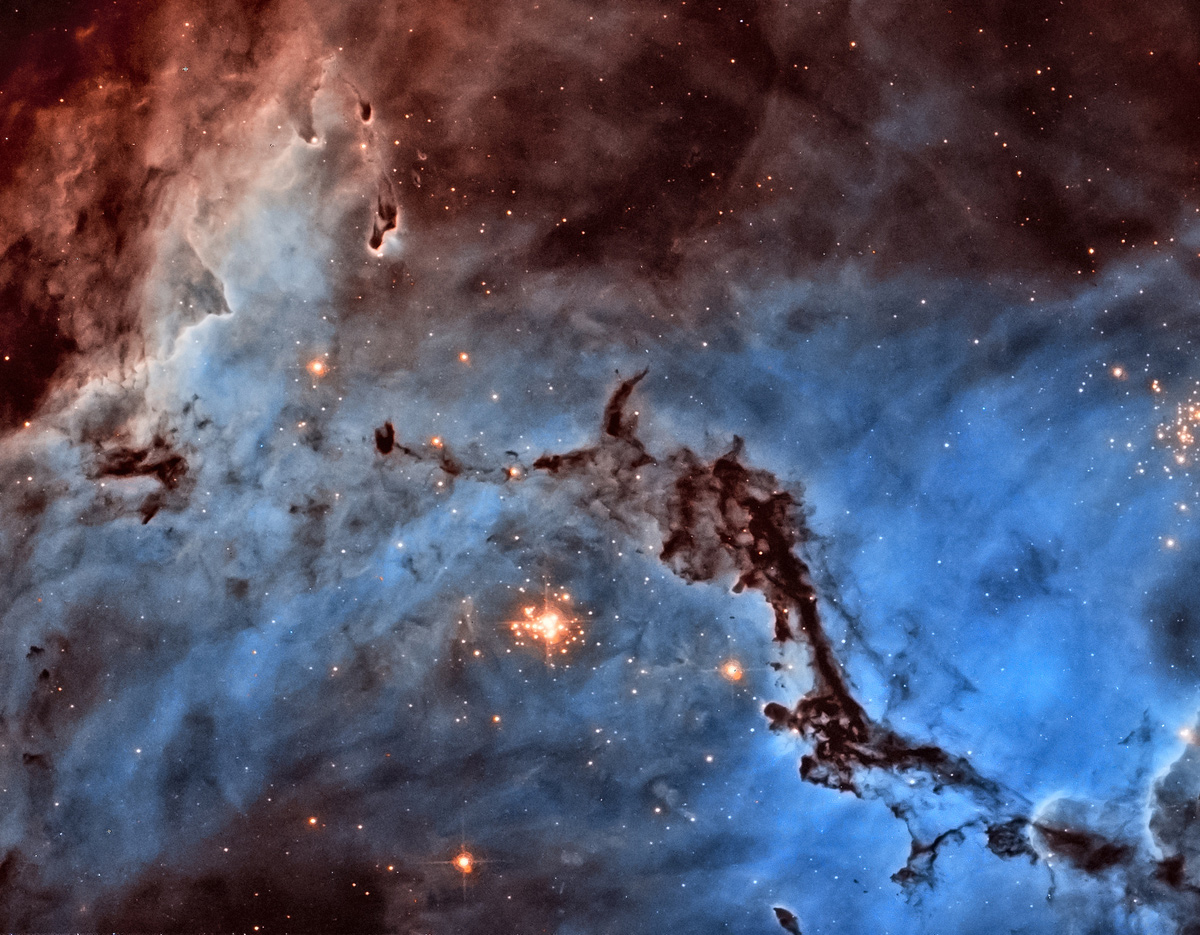
The universe through the eyes of an astronomer is a fascinating place — and a good book can give you a glimpse of that world without requiring years of study. Here are the Space.com writers' and editors' recommendations of astronomy books that will thrill, puzzle, intrigue, and blow your mind.
While these books are primarily astronomy books there may be a smattering of astrophysics in there too. It's a little difficult to separate the two sometimes.
What We're Reading:
Why you can trust Space.com
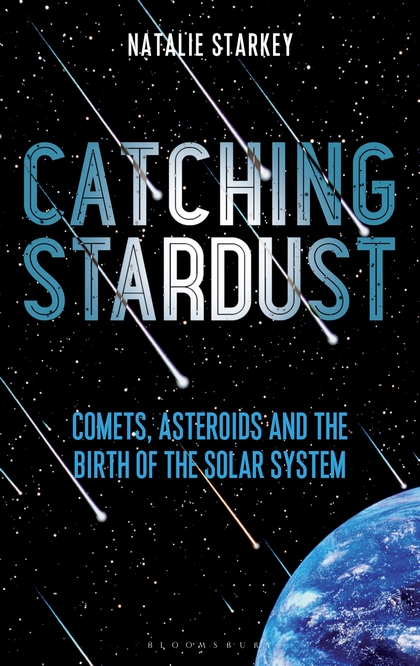
Catching Stardust
Comets, Asteroids and the birth of the Solar System
In her debut book "Catching Stardust," space scientist Natalie Starkey breaks down misconceptions about comets and asteroids while delving into some of the reasons why it is so vital that we study them. Using the Rosetta and Stardust missions to frame both how and why we study these cosmic objects, Starkey reflects on the history of our human understanding of comets and asteroids.
Starkey starts with earlier civilizations, that often interpreted comets to be fiery omens in the sky, and leads to present day, where there is an ever-evolving line between what constitutes a comet versus an asteroid. She doesn't shy away from controversial topics, either — she tackles the topics of asteroid mining and asteroid collision with factuality, openness, and ease. And, while some of the terms and scientific concepts in the book might seem intimidating at first, Starkey does an expert job laying out explanations in a way that is uniquely accessible.
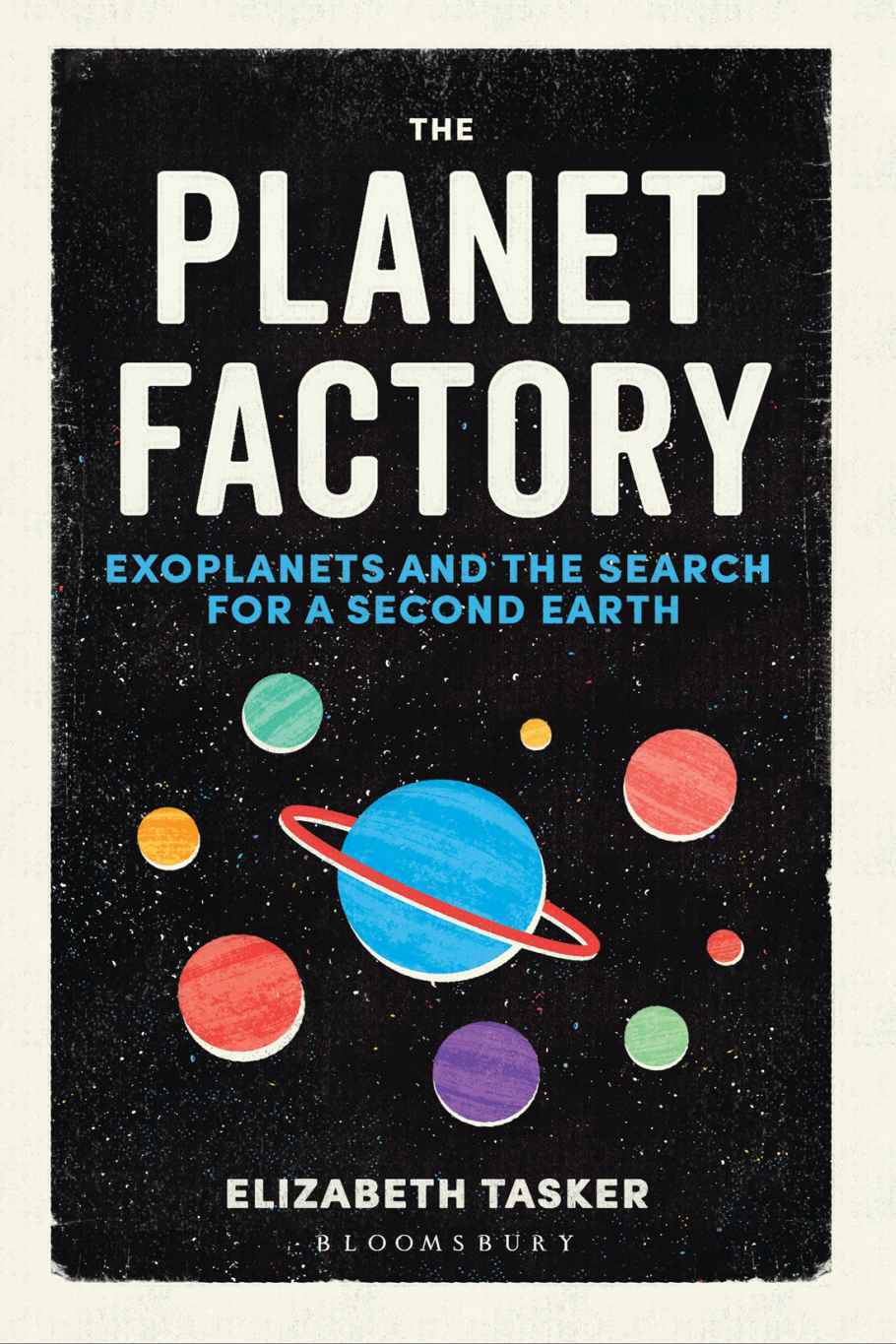
The Planet Factory
Exoplanets and the search for a second earth
In her new book "The Planet Factory: Exoplanets and the Search for a Second Earth," astrophysicist Elizabeth Tasker explores what scientists currently know about the mysterious distant planets beyond the solar system.
The refreshing tone of her narrative takes readers on a journey through old techniques for spotting exoplanets (some of which were quite dangerous), the oblong orbits of some alien planets, and why the "habitable zone" of a planet does little to support life if too much water drowns out its rock cycles. The style is good for beginners, and the chapters are full of humorous explanations to grasp this important field of modern astronomy.
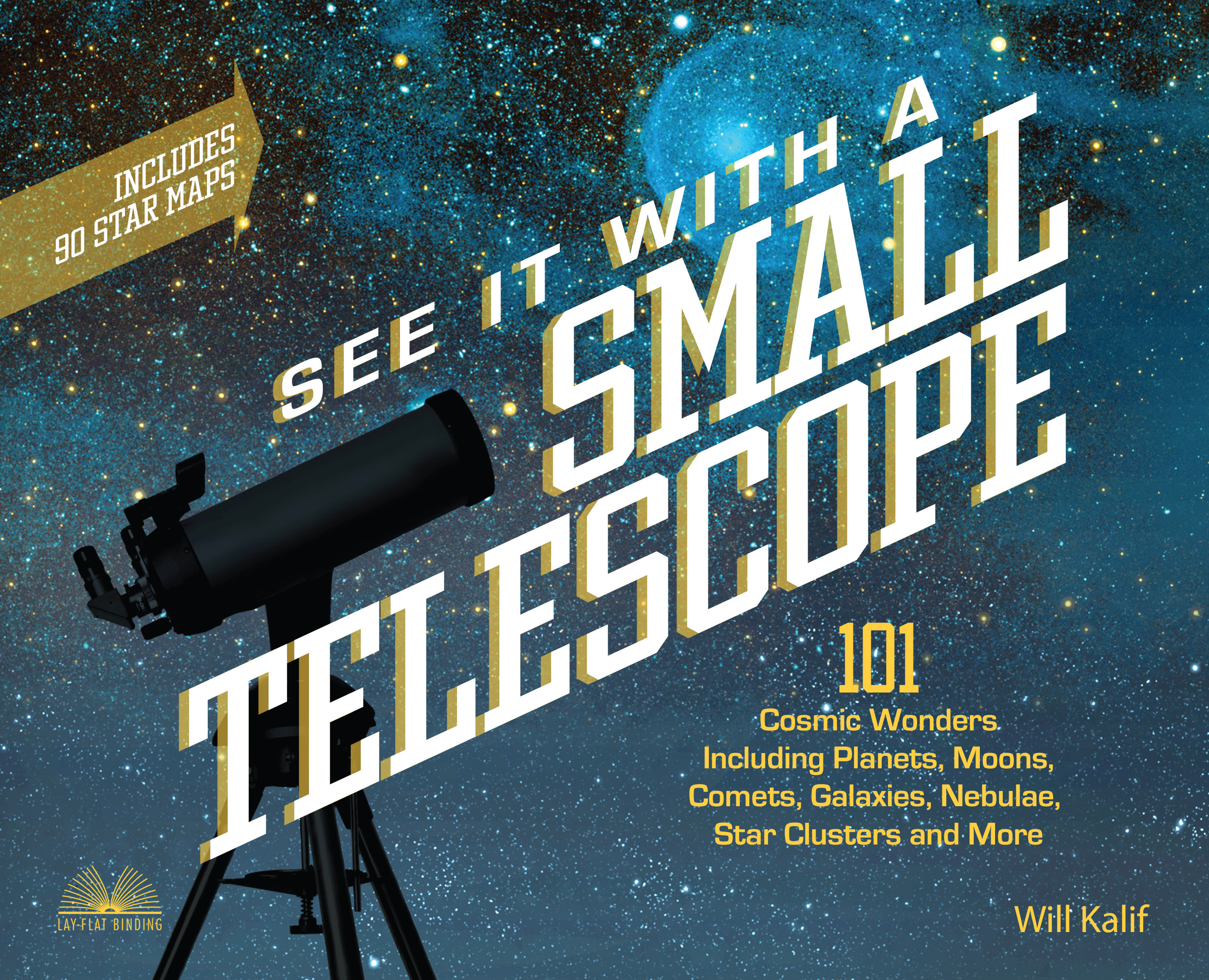
See It with a Small Telescope
101 Cosmic Wonders
"See It with a Small Telescope" is a fun read for those just getting familiar with their new telescope. Will Kalif, who runs the website Telescope Nerd, guides readers to dozens of interesting objects in the sky. Whether you enjoy looking at planets, star clusters, the moon, nebulas, or something else, there is a range of fun things to seek out using this book.
The night sky is a very big place to explore, but Kalif narrows it down to what a beginning telescopic observer will enjoy. His star charts are handy guides to help you find your way. He even includes a section on astrophotography if you're interested in taking pictures, including options with unspecialized equipment. Since the text of the book is written at a junior high level, your teenage kids likely will enjoy the book as well.
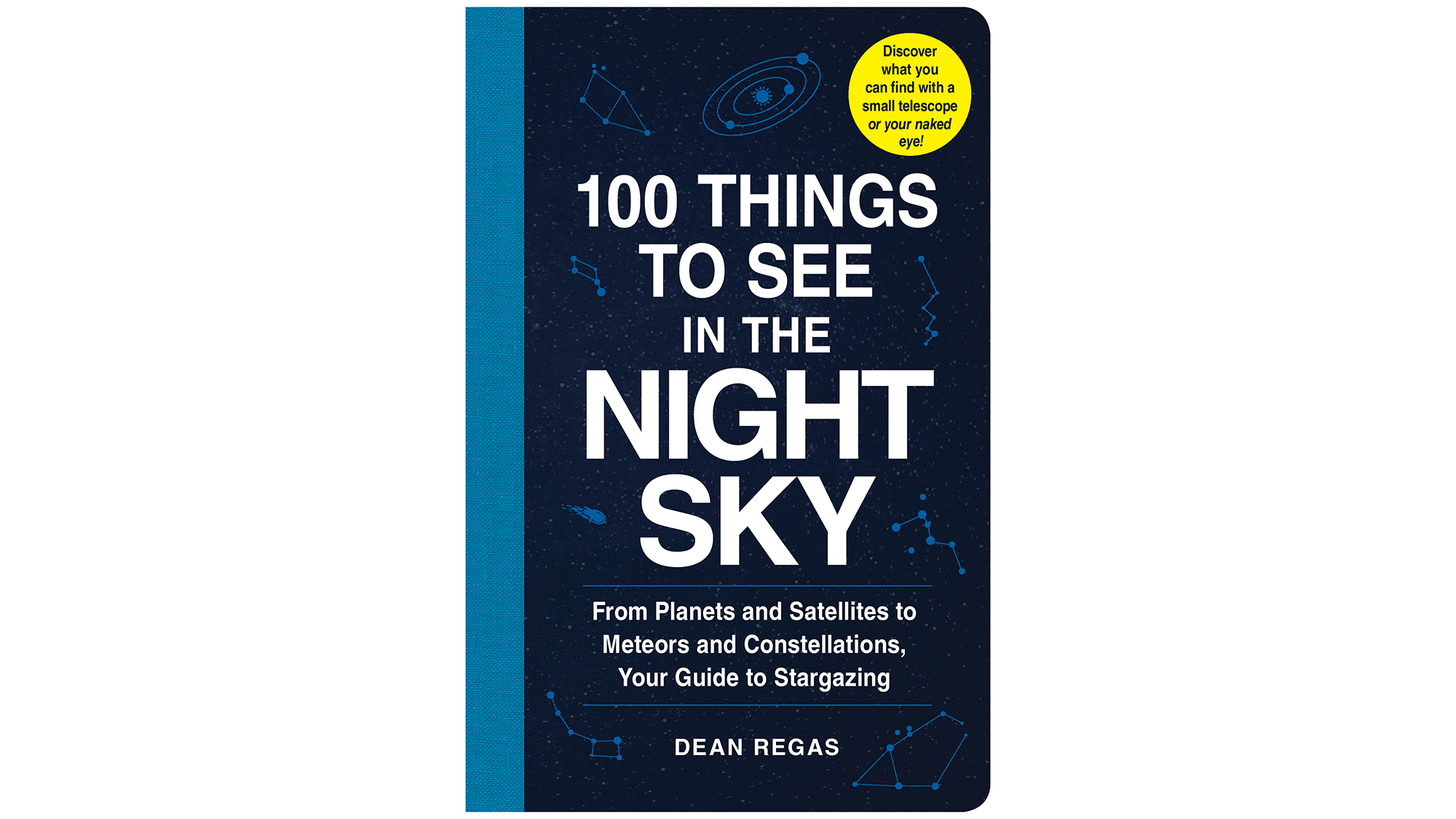
100 Things to See in the Night Sky
From Planets and Satellites to Meteors and Constellations
Whether you're an amateur astronomer, casual stargazer, or anything in between, "100 Things to See in the Night Sky" is your one-stop-shop for information on where, when, and how to spot some of the brightest and most easily recognizable sights in the sky. Written by Dean Regas, an astronomer and public outreach educator at the Cincinnati Observatory in Ohio, the book breaks down everything you need to know to stargaze like a pro.
Beginners can use this book as an introduction to stargazing, while more experienced readers will find the book to be a useful field guide that can serve as a reference for locating and identifying stars, constellations, meteor showers, eclipses, and even satellites. The book focuses on "naked-eye" objects, so you don't need telescopes, binoculars or any other equipment to utilize this handy skywatching guide.
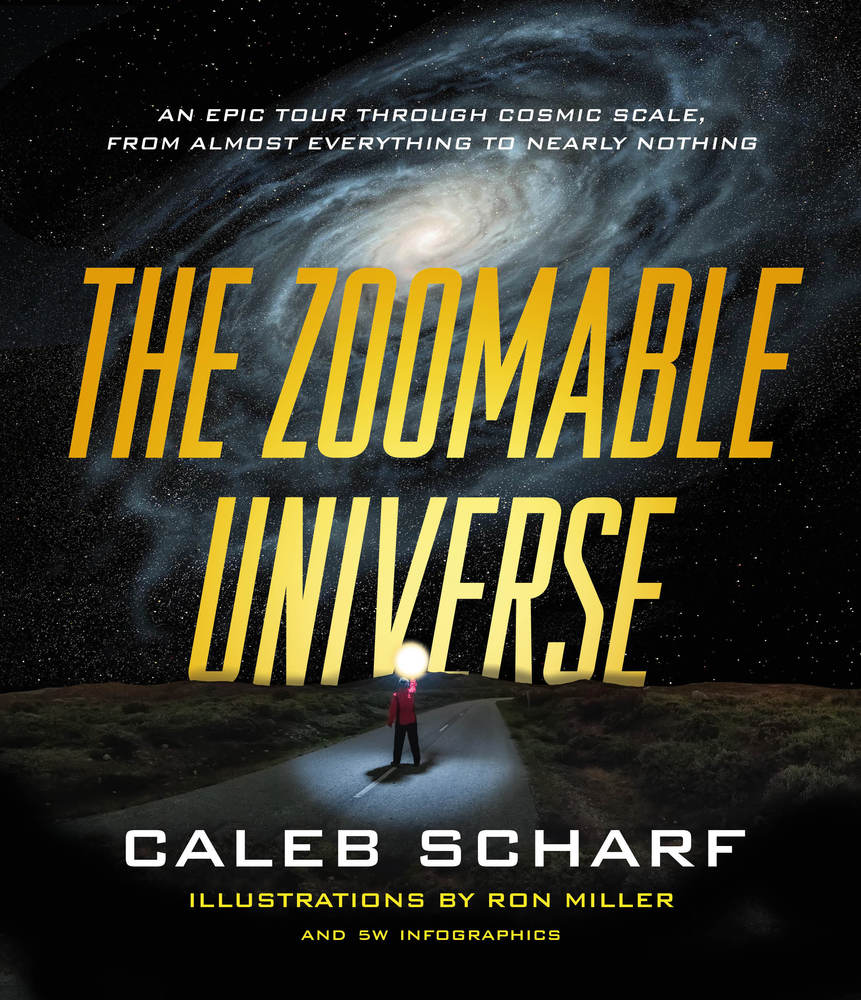
The Zoomable Universe
An Epic Tour Through Cosmic Scale
In "The Zoomable Universe," astrophysicist Caleb Scharf takes readers from the size of the observable universe step-by-step down to the shortest theoretical measurable length. Along the way, Scharf and the book's illustrator, Ron Miller, explore the formation of the universe, our galaxy and Earth, the makeup of life and quantum physics, and the complexity that develops when you look beyond the surface at any scale.
The large, colorful book has a lot of ground to cover, but it delves into enough detail to spark readers' curiosity, and additional graphics by 5W Infographics pack more information into less space. As it speeds through orders of magnitude, from the largest to the smallest, it stops in lots of fascinating corners of the universe along the way.

Making Contact
Jill Tarter and the search for extraterrestrial intelligence
Fifty years ago, only a handful of scientists were hunting for signals from other civilizations as part of the Search for Extraterrestrial Intelligence (SETI). In "Making Contact," science writer Sarah Scoles explores the biography of one of the most influential SETI scientists, Jill Tarter. Scoles follows a mostly linear path through Tarter’s life, occasionally breaking into the present to bridge connections. While the biography traces the history of SETI, its primary focus is on Tarter: her childhood relationships with her parents that helped drive her, her education as the sole woman in her engineering class in the 1960s, and her struggle with scientists and bureaucrats who didn’t think hunting for alien signals was worth the time, money or resources.
But Tarter continued to fight, helping to found a private agency that would survive government changes, hunting for private donors to look beyond this world and helping move the search for intelligent life from the fringes into mainstream science.
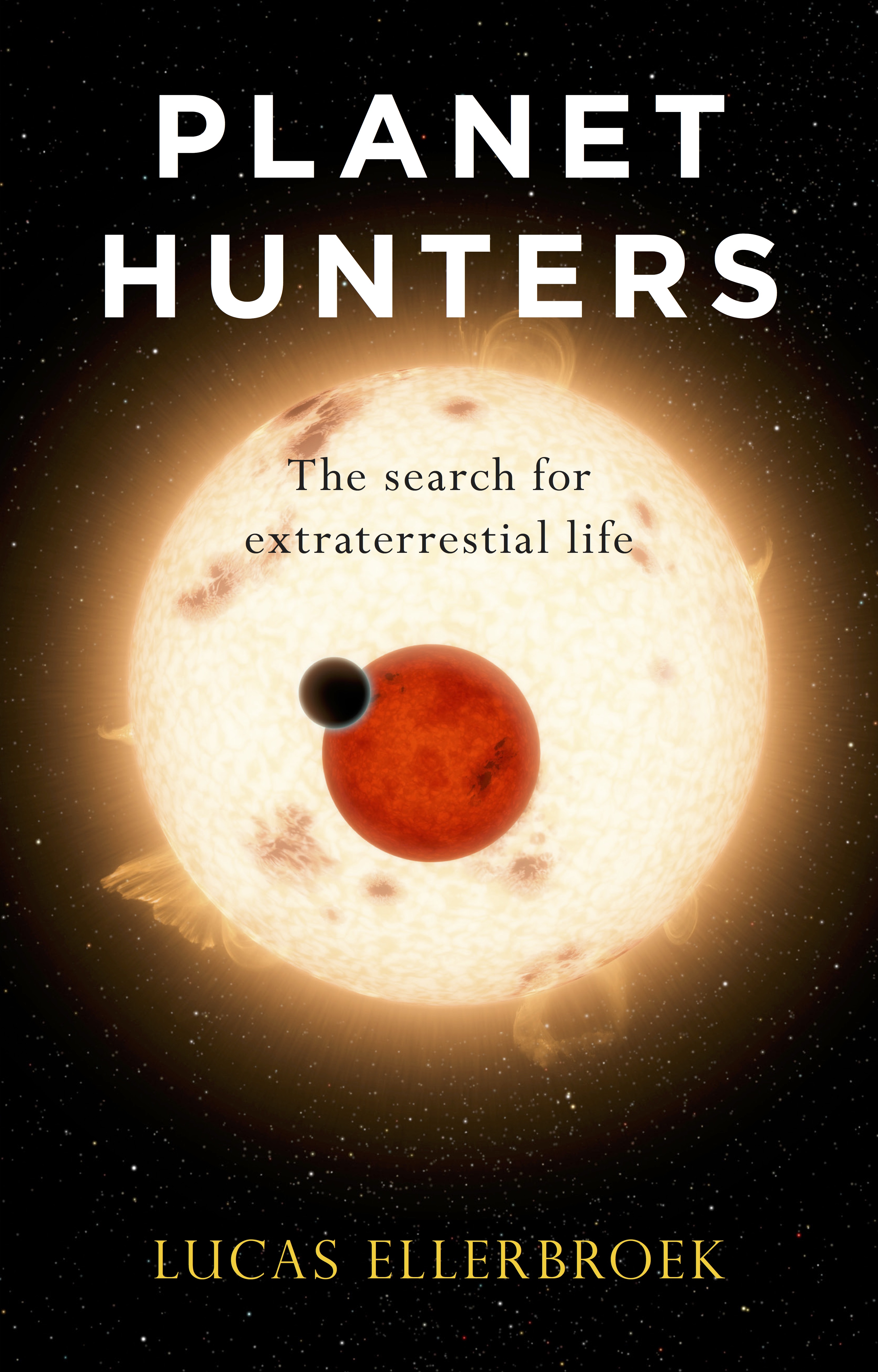
Planet Hunters
The Search for Extraterrestrial Life
"Planet Hunters" takes readers through the history of the search for worlds around other suns — from heretical belief to science fiction flight of fancy to one of the fastest-growing fields of astronomical research. Author Lucas Ellerbroek highlights the passion of exoplanet researchers as they learn about the countless planets circling other stars.
"I really want to bring across the message that science is something not to be read purely in an encyclopedia because encyclopedias change, and science is a dynamic enterprise done by humans," Ellerbroek says of the book.
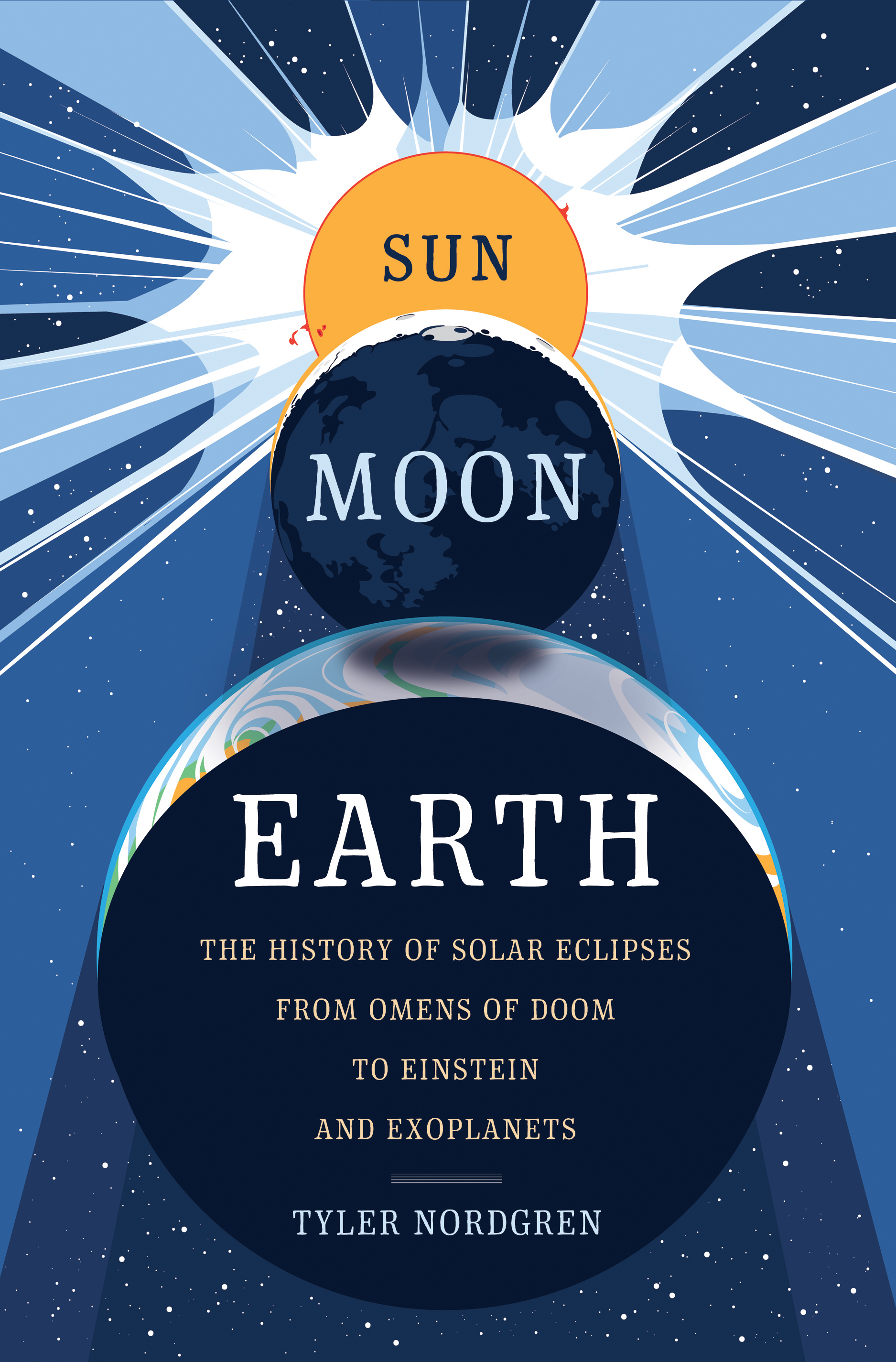
Sun Moon Earth
The History of Solar Eclipses
Throughout history, solar eclipses have transformed from terrifying omens to the subject of scientific study. In "Sun Moon Earth: The History of Solar Eclipses from Omens of Doom to Einstein and Exoplanets," astronomer-artist Tyler Nordgren traces the natural history of eclipses and how they have inspired eclipse chasers to travel the world and witness the natural phenomenon.
Nordgren's narrative also details how observations of total solar eclipses have contributed to scientific discoveries about the sun, moon, and Earth's place in the universe throughout history.
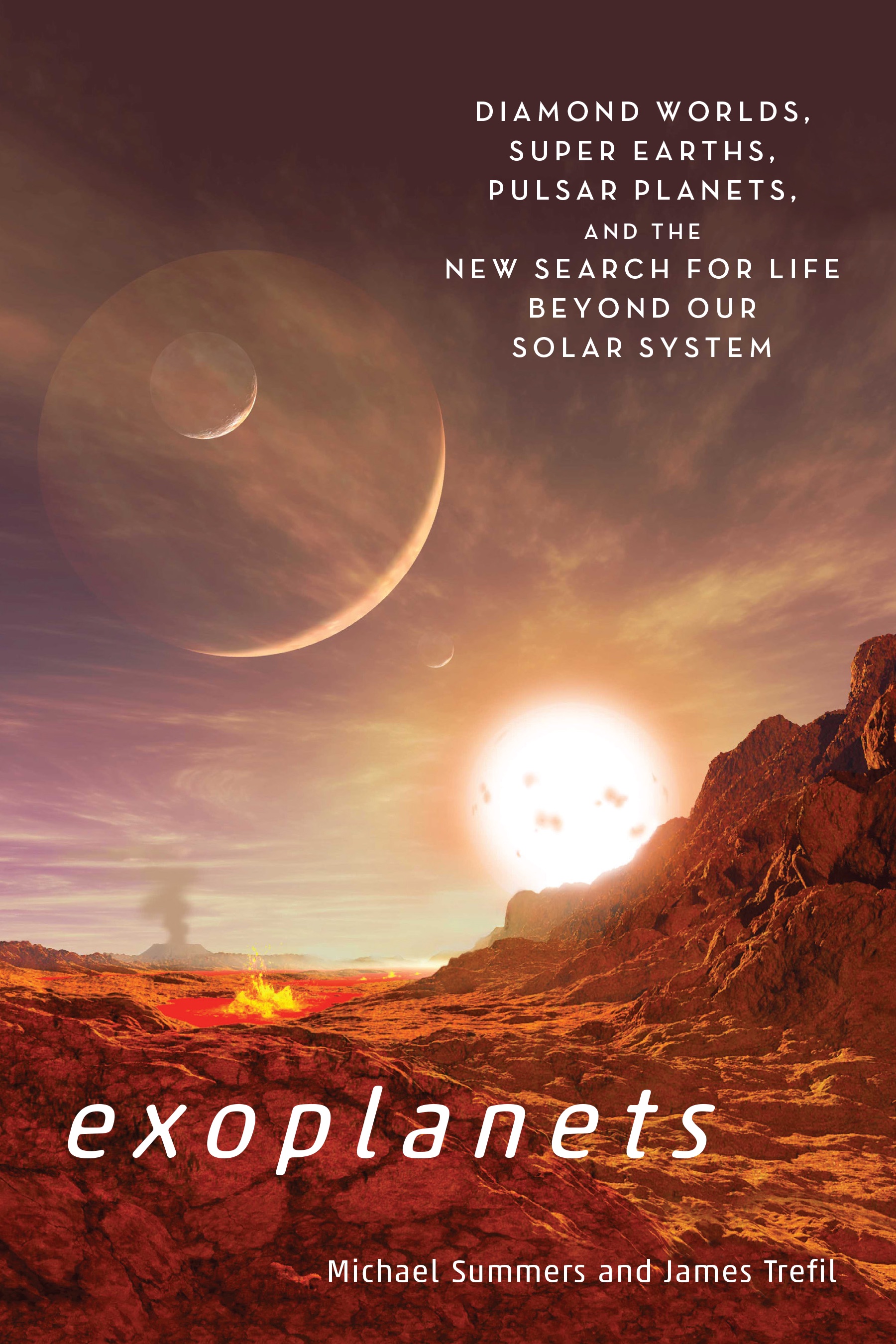
Exoplanets
Diamond Worlds, and the New Search for Life
The search for planets beyond Earth's solar system has revealed countless surprises, including the existence of strange and unexpected worlds that astronomers would have never imagined existed only a few decades ago.
A new book titled "Exoplanets: Diamond Worlds, Super Earths, Pulsar Planets and the New Search for Life Beyond Our Solar System" (Smithsonian Books, 2017) explores the history of exoplanet research, illustrates the many different types of planets that have been discovered to date and discusses how astronomers plan to further study these newfound alien worlds.
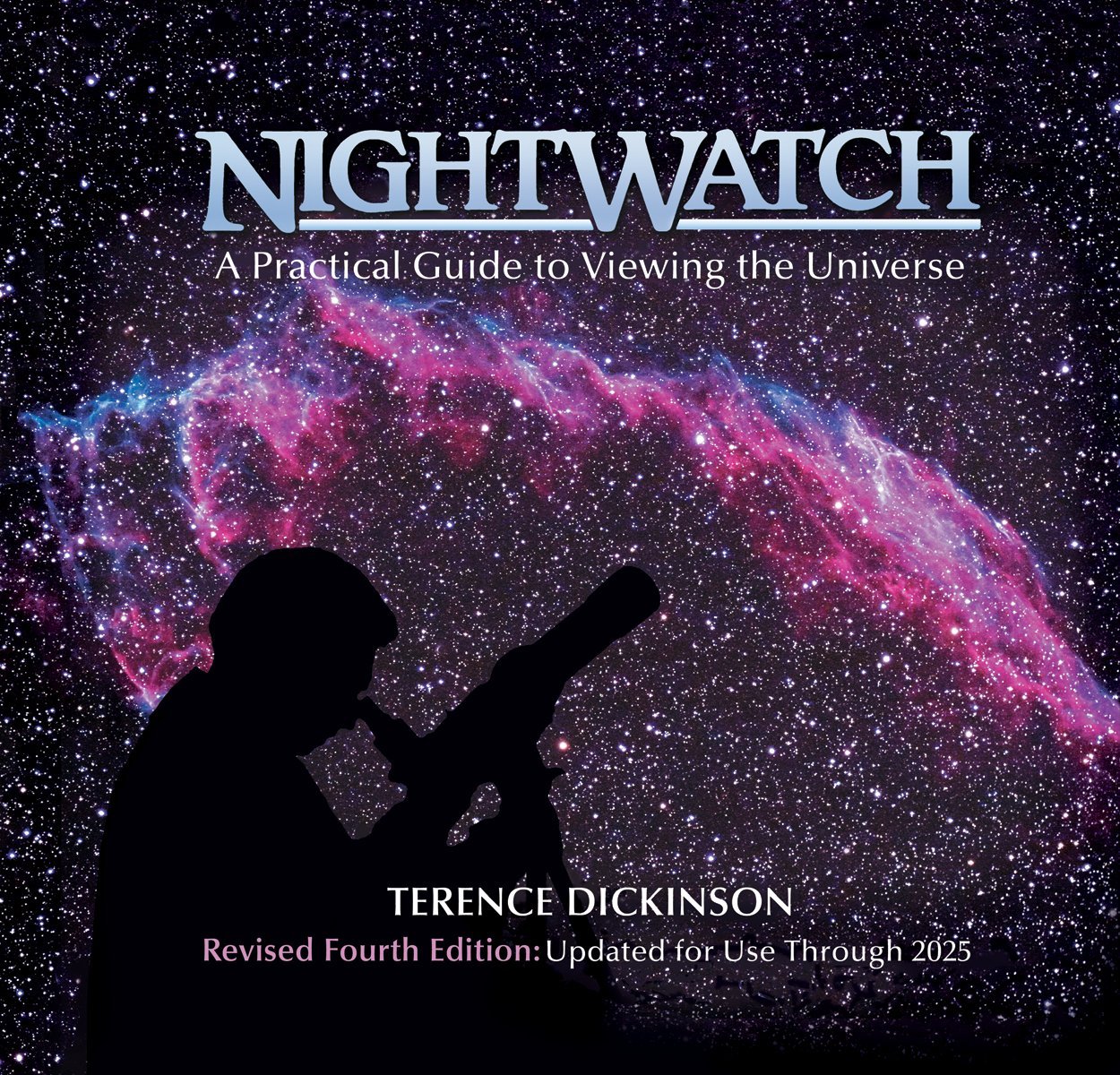
NightWatch
A practical guide to viewing the universe
"NightWatch" is the perfect introduction to astronomy and stargazing. It has been the top-selling stargazing guide for over 20 years. Now in its revised fourth edition, the book contains everything you need to know about what's up in the sky through the year 2025.
The book chapter is dedicated to stargazing technology, like binoculars and telescopes. "NightWatch" assumes that the reader has no prior experience with astronomy. It is clear and concise enough for any beginner to understand, but is filled with star charts, tables with information about stargazing events and incredible photos of space. With the information that even the most experienced stargazers will find comes in handy.
Join our Space Forums to keep talking space on the latest missions, night sky and more! And if you have a news tip, correction or comment, let us know at: community@space.com.
Get the Space.com Newsletter
Breaking space news, the latest updates on rocket launches, skywatching events and more!

Space.com is the premier source of space exploration, innovation and astronomy news, chronicling (and celebrating) humanity's ongoing expansion across the final frontier. Originally founded in 1999, Space.com is, and always has been, the passion of writers and editors who are space fans and also trained journalists. Our current news team consists of Editor-in-Chief Tariq Malik; Editor Hanneke Weitering, Senior Space Writer Mike Wall; Senior Writer Meghan Bartels; Senior Writer Chelsea Gohd, Senior Writer Tereza Pultarova and Staff Writer Alexander Cox, focusing on e-commerce. Senior Producer Steve Spaleta oversees our space videos, with Diana Whitcroft as our Social Media Editor.









